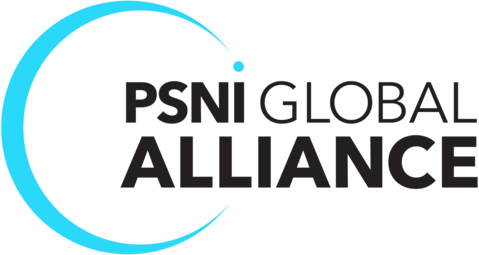From doorknobs to countertops to the equipment at our desk and in our meeting rooms, we are more aware of surfaces than ever before. As offices reopen and employees return to in-person work health and safety are the top and many companies are thinking about their surfaces in a new way and re-evaluating the way people interact with them.
Touchscreens have long been an easy and user-friendly option for controlling meeting room equipment and other AV tools, but in the age of COVID touchless solutions such as gesture and voice activated devices are gaining traction. Keep reading to learn more about some of the touchless solutions on the market today—and what you should know about them before making a big investment.
Going Touchless? Here are Some Options to Consider.
Touchless screens and controls can take many different forms, each with its own optimal use case. If you are transitioning to a touchless workplace, here are some capabilities to consider.
- BYOD connectivity. Instead of a shared device and touchscreen to control tools like your meeting room equipment or video wall content player, consider solutions that let employees use their own devices.
The Modena wireless presentation system from Biamp lets people start and run meetings while maintaining their “personal technology bubble,” said Mark Wentz, National Key Account Manager. “There’s no need to interact with any shared equipment such as in-room laptops, cables, or keyboards when using Modena wireless sharing and wireless USB for BYOM scenarios.”
New solutions from BrightSign, including BrightMenu and BrightLink, also deliver interactivity directly to users’ personal devices, this time through a QR code. With BrightMenu, customers can scan a QR code to pull up a restaurant’s menu—hosted on the BrightSign player—directly to their personal device.
BrightLink also eliminates the need to touch a display to control digital signage by delivering an interactive touchscreen interface to a user’s mobile device. Customers scan a QR code and then control the digital signage directly from their own device.
Easily use touch from your own personal devices to control your room with Kramer Control. Kramer Control is agile, cloud-based control that can be used with or without a touch screen. You can easily turn on or off an entire room with inputs from calendar invites or motion and occupancy sensors can trigger macros—all the user has to do is enter the meeting space.
Additionally, Kramer’s VIA family of wireless presentation & collaboration products allow users to use their own devices to connect and present their content without the need to handle cables or dongles.
- Voice and gesture activation. Gesture activation can be as simple as motion sensors that sense when someone is nearby and turn on systems, and as complex as facial recognition or eye gestures. Applications for gesture control include kiosks, wayfinding, interactive merchandising, and other solutions that would normally require customers to interact with a touchscreen.
Samsung customers have been most interested in finger gesture control, where the finger acts like a wand, said Shari Sentlowitz, Senior Manager of Marketing and Content Creation of Samsung.
“These solutions can help businesses, airports, retailers, museums, stadiums and food and beverage businesses meet the needs of a post-COVID-19 environment,” Shari said.
- Wireless content management. When employees can manage content and run meetings wirelessly, they avoid touching shared surfaces including meeting room laptops, cables, and control screens.
For example, the Christie® AirScan lets you control interactive media displays and presentation solutions wirelessly, or through motion-controlled user interfaces. With AirScan, users can trigger actions to happen or move and interact with virtual objects in presentations. Add the Pandoras Box® playback solution and users can control live presentations from any distance and project content onto any surface.
How to Make the Right Touchless Technology Investment
Manufacturers and integrators agree that touchless solutions are one of the best ways to keep offices safe and employees healthy. But they also come with challenges that you should be aware of before you make a big investment in touchless technology.
For example, muffled audio from masks or distance can make voice activation unreliable. Gesture activation systems require a lot of training, and the necessary motions might be forgotten over time if they are not used regularly.
“Many employees are hesitant to use these tools in a business environment because they’re self-conscious about how their gestures will appear to co-workers, or they worry the system will fail to work properly through voice operation,” said Wentz from Biamp.
You should also ensure the touchless solution you choose is the right fit for your environment. Just because it’s the cool new thing doesn’t mean it’s the right thing for you.
“Your solution needs to be simple and appropriate to use in your environment,” said Mike Steinbrecher, Director of CMP business development at Christie. “For example, if I use voice control in a museum, and my prompt is to show me the next image or item, if there are several visitors in front of the display that might cause a problem. Or imagine you’re at a concert and you’re sitting in the middle of the stadium. You attempt to trigger the next light cue by voice control, which might also not be a very good experience due to sound interference. So, the right solution always depends on where and how you want to use it.”
Finally, you need to consider whether your touchless technology investment just meets a short-term need, or if it can become part of your long-term AV strategy.
“The use of voice & gesture is much more embraced by younger generations while the ‘need’ to touch will likely be here to stay with the youngest generations,” said Frank Pisano, VP of Sales at BrightSign. “After the pandemic, many adults would prefer to use their personal devices or other touchless options being more aware of germs and health conditions.”
“As with any pandemic technology, customers really need to consider if these investments will still be useful after they are no longer needed,” said Tom Kopin, Global Engineering Specialist at Kramer. “Yes, the short-term goal is to make the workplace safer, but the right upgrades need to continue to provide value in the long term.”
Transition to Touchless with the Right Technology Partner
Navigating the transition to a post-COVID workplace that is safe and healthy is necessary, but it can be complicated, too. PSNI Certified Solution Providers and Preferred Vendor Partners can help you identify and integrate the right touchless technology solutions to meet your needs today and in the future. Ready to get started? Get in touch today.









